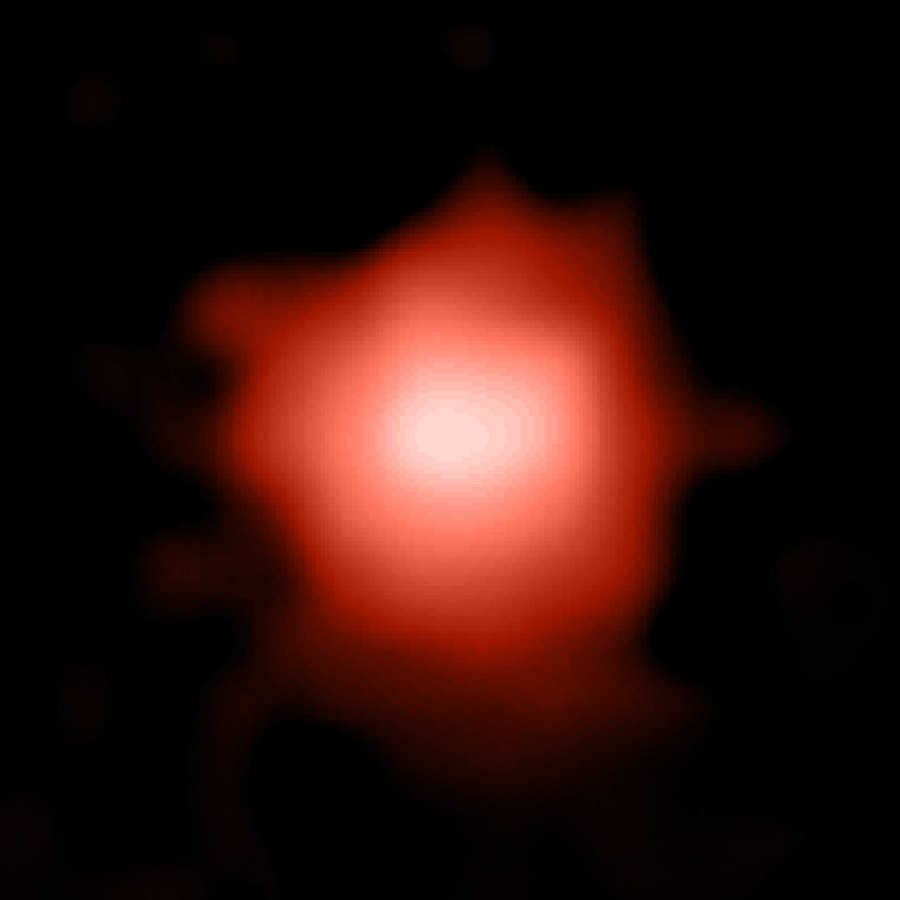GLASS-z13 - The New Frontier
So with JWST finally in action the deepest, darkest corners of our universe can now be uncovered. Galaxies, stellar objects previously thought to have never existed, have now come to light in what are the most high-res photos ever taken in the history of humanity. As an avid space fan, I've been interested by the recent developments regarding the telescope, from it's extremely successful launch to the images we are receiving now.
JWST has captured many far-off galaxies, imaging in detail that could've only been imagined thirty years ago. A Galaxy captured by Webb, GLASS-z13, has now been named the oldest galaxy, shining a brilliant red due to the loss of shorter wavelengths of light from the galaxy from a distance of over 13.4 billion light years away, roughly translating to 300 million years after the Big Bang.
Photos of this far-off galaxy put it in a deep-red colour, contrary to the blue, brown and yellow of a closer galaxy. Due to the sheer distances separating us from said galaxy, many of the shorter wavelengths, those are your blue and yellow colours, have been absorbed by neutral hydrogen floating in deep space, allowing only the longest red wavelengths to be detected. However, the deep red even in terms of JWST standards, which already takes images in infrared, puts an emphasis on the redshift (and distance!) of the galaxy.
Although the public has taken an interest in this galaxy due to it's statistic as "furthest galaxy from Earth found", many scientists believe that this, far off, exotic bundle of stars may unlock the secrets to the early universe. Population III Stars, extremely massive stars consisting of mainly hydrogen or helium, have never been found, due to their extremely short lifespan (a consequence of being too big!), but this galaxy has given us a new opportunity to search for these primordial stars.
Despite the distances that separate GLASS-z13 from us, it still stands as this dark-red beacon of human advancement in the face of the great night sky.
